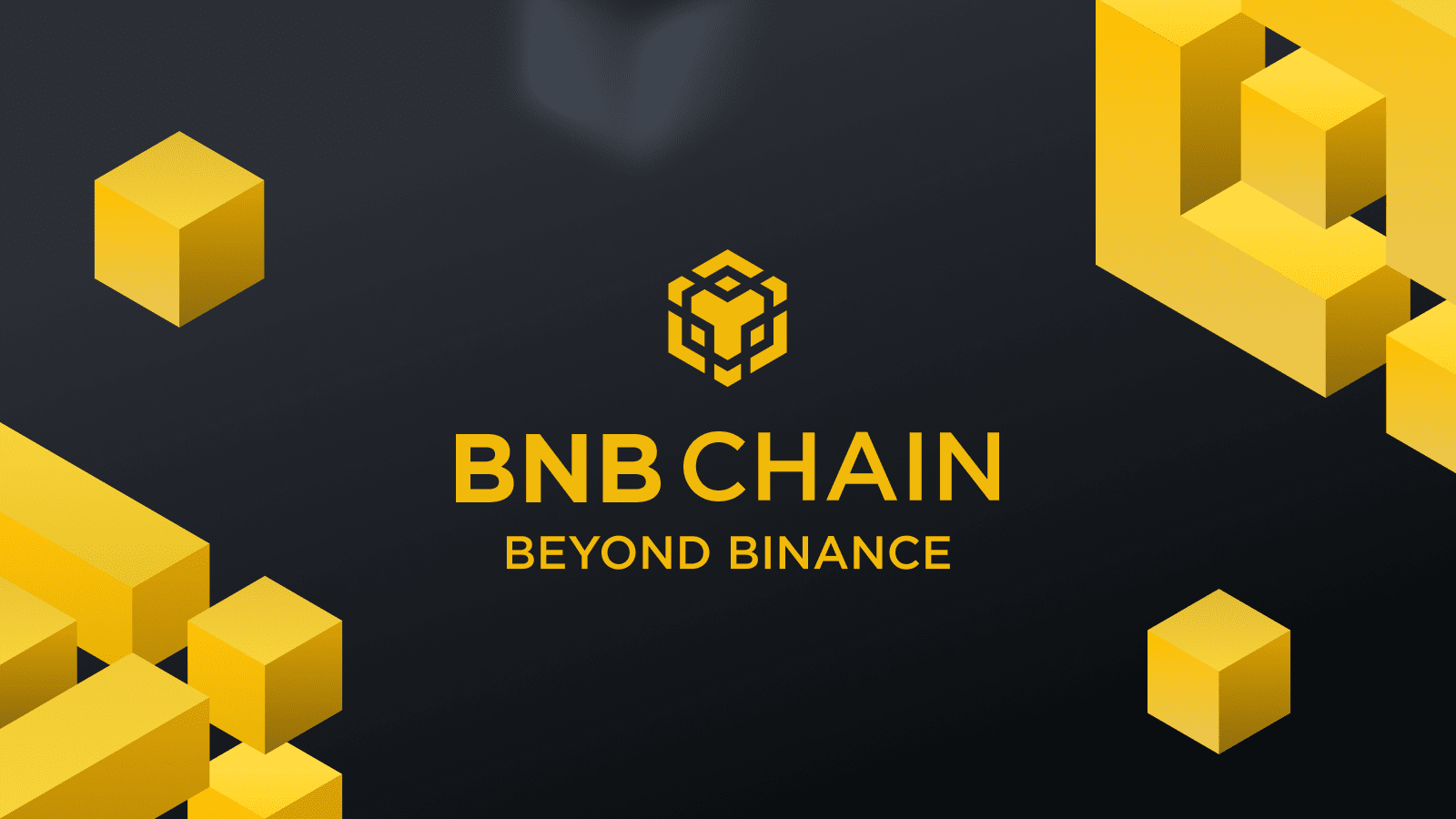Dive into DeFi and wonder what the hype is all about Binance Smart Chain? We’ll take care of you, here’s the BSC story.
DeFi is based on blockchain technology. Without it, there would be no decentralized finance or related applications. Even Fox Studios recently announced that it is launching “the first ever animated series entirely built on the blockchain.”
Binance Smart Chain (BSC) is a new blockchain protocol that attracts users with low gas costs and lightning-fast transactions. But to better understand BSC, let’s first understand what blockchain is.
Blockchain: express course
Blockchain is a hack-resistant, shared digital ledger that records transactions from a decentralized peer-to-peer network. In everyday life, we are surrounded by distributed registries. For example, a mobile banking app for a phone is a form of a distributed ledger. The main difference is that someone (the central authority) retains control over the funds in our banking apps.
Decentralization is the foundation of the blockchain, the most important component of digital currencies. It offers several components that define financial freedom: transparency, immutability, and the possibility of making trustless transactions. If the blockchain network is not decentralized, can it be considered not as a blockchain, but as another database? With control, such a network can be easily changed.
Moreover, when assets are exchanged between peers in the network, transactions are constantly recorded. This makes the blockchains tamper-resistant, which greatly reduces the number of fraud cases. No more blocking a debit card because some stranger decided to pay with it at a store in a random country you’ve never been to.
What is Binance Smart Chain (BSC)?
Our story begins in April 2019 when Binance launched its blockchain, Binance Chain. The goal was to create a high-speed blockchain capable of supporting a large number of transactions. To do this, the team behind Binance Chain decided to drop support for multiple applications and focus only on its main application, Binance DEX.
Meanwhile, DeFi on Ethereum is booming. And Binance understands that they, like Ethereum, need the power of smart contracts to keep up. Their code snippets are executed when several predefined conditions are met. This lays the groundwork for lending, borrowing, and other decentralized finance activities.
Let’s get back to Binance. Instead of adding all these features directly to Binance Chain and thus creating the risk of network congestion, they decided to launch Binance Smart Chain (BSC). Blockchain from Binance, which is designed to compete with Ethereum.
BSC: what’s the difference?
Realizing that time is of the essence in creating a cost-effective alternative to Ethereum, Binance reduced the time-consuming task of creating their smart contracts from scratch and implemented their protocol based on the PoA (Proof-of-Authority) algorithm.
BSC even uses a special variation of the PoA consensus algorithm, the Proof-of-Staked Authority (PoSA). In this protocol, at any given time, there are only 21 validators confirming transactions. This makes BSC more centralized than other platforms.
Interestingly, BSC developers are designing their platform in such a way that it is compatible with Ethereum. In other words, it can run applications and execute smart contracts using the Ethereum model. But at the same time, the commission is only a small part of the price of Ethereum gas.
The centralized BSC network offers a much sought-after low-cost alternative to Ethereum. And it increases the speed of transactions. The network is operated by the Binance token, BNB. Users need it to pay network fees. Right now, BNB is worth just under $400 per token (to give you an idea of the adoption rate).
Is BSC Worth It?
Ask anyone in DeFi if they prefer Ethereum or BSC and you will be surprised by the answers. The BSC has given tangible benefits to the centralized organization of Binance and DeFi in general.
Because of the attractive user benefits, many choose BSC. Among them are ultra-fast speed, low transaction fees (only 1 cent), the ability to create dApps, and a network of millions of users.
Also, don’t forget that BSC is behind the creation of PancakeSwap. It is the main DEX exchange of the network and one of the most popular DEX exchanges in DeFi.
Perhaps the best way to understand the advantages and disadvantages is through comparison. Let’s figure it out:
Pros
- Cheap transactions
- High transaction speed
- BSC accelerator fund
- Easy Token Migration with Binance Bridge
Cons
- Lack of global decentralization
- Validators are approved by Binance
Binance Smart Chain offers practical solutions for those who are new to DeFi or looking for a more affordable option than Ethereum. This does not mean that crypto enthusiasts are completely abandoning the blockchain. On the contrary, BSC is a robust ecosystem that has proven its effectiveness through statistics alone.
At the time of publication, the daily increase in new wallet addresses is about 400,000. And the total volume of unique addresses exceeds 74 million. These are big numbers. They are enough to prove that the network is growing at a tremendous rate.
It is unlikely that millions of cryptocurrency enthusiasts will ignore the concept of decentralization. But shouldn’t blockchain be synonymous with financial inclusion? Although BSC is not decentralized, it covers several developing countries that Ethereum is not capable of due to its high transaction fees.
What are BSC users sacrificing in the long run? Decentralization, of course. Security? Maybe. What about the trust they have to place in Binance itself as a centralized organization?
The fact that BSC and many other networks like it are popping up every day highlights that perhaps users don’t want to pay the high price in the name of decentralization. On the other hand, if there was no Ethereum, would any of these networks still exist?
